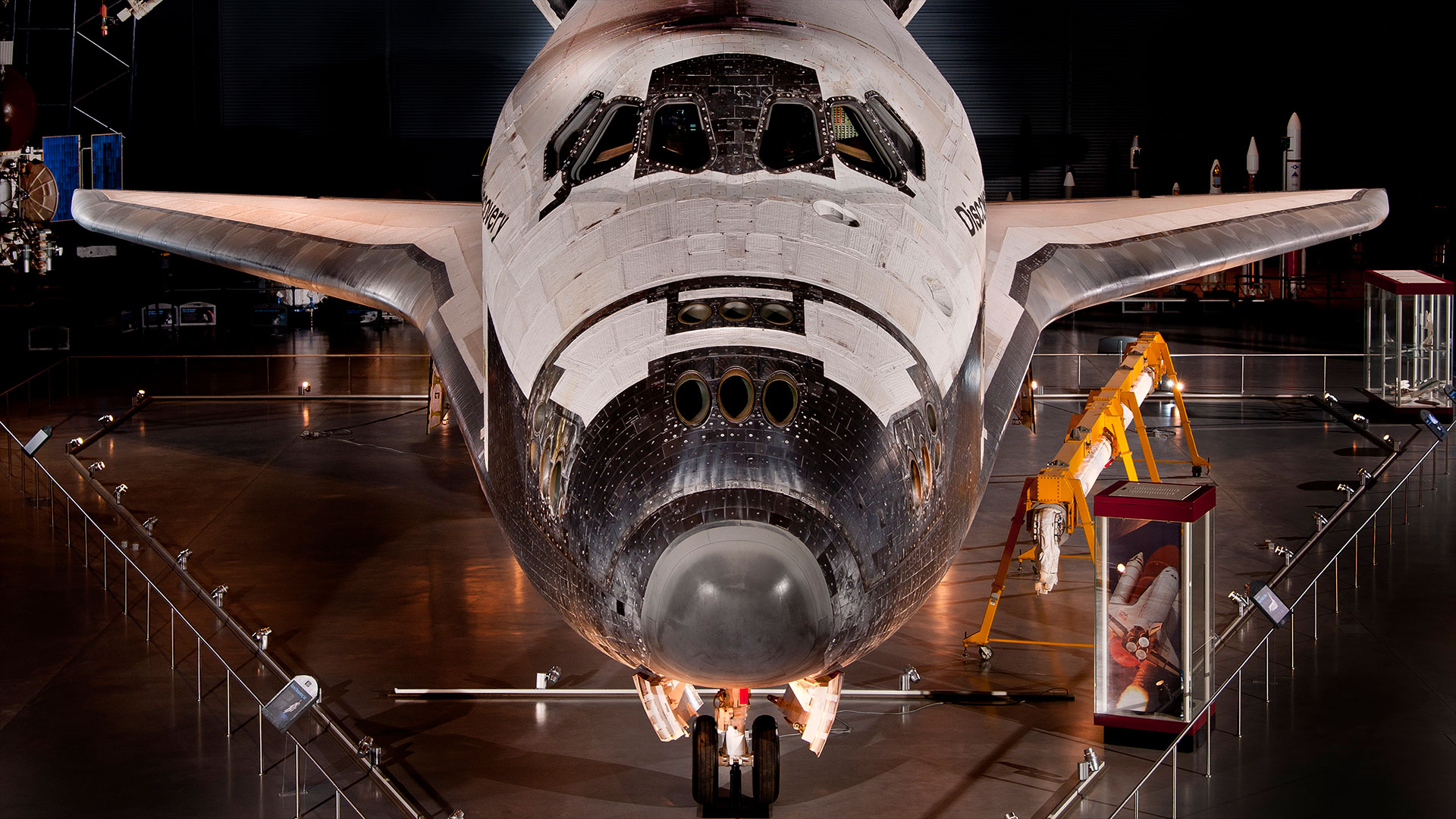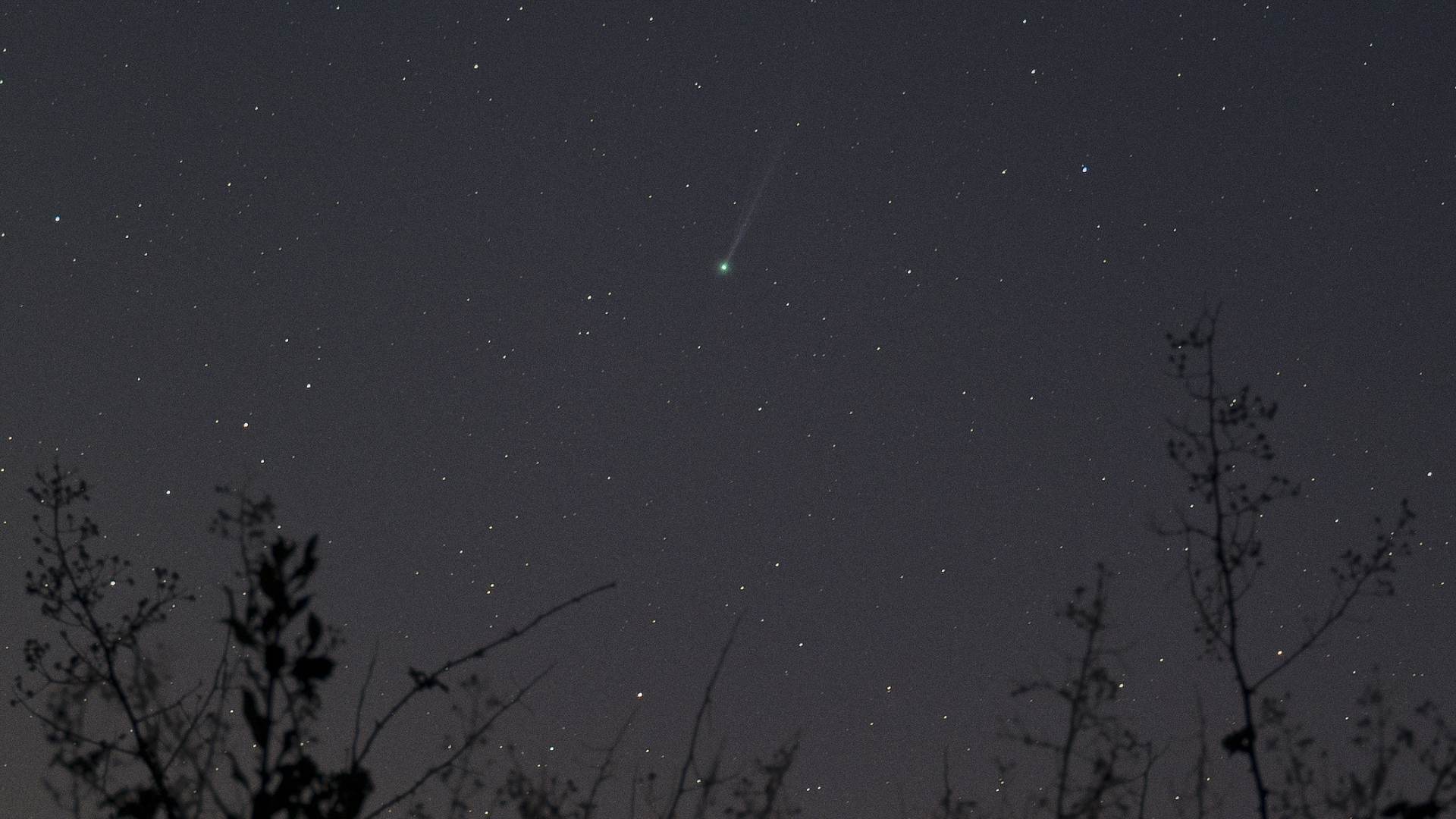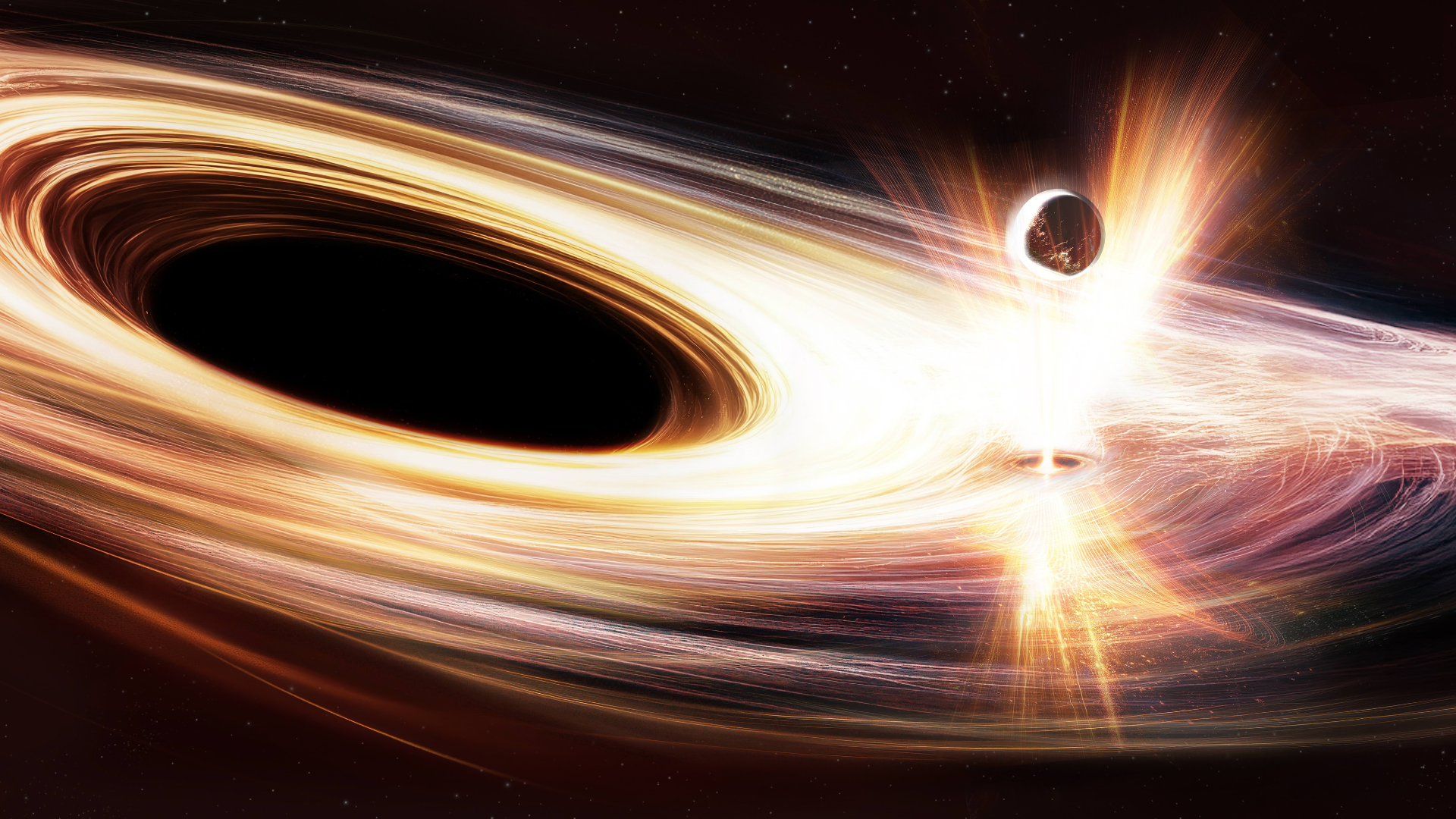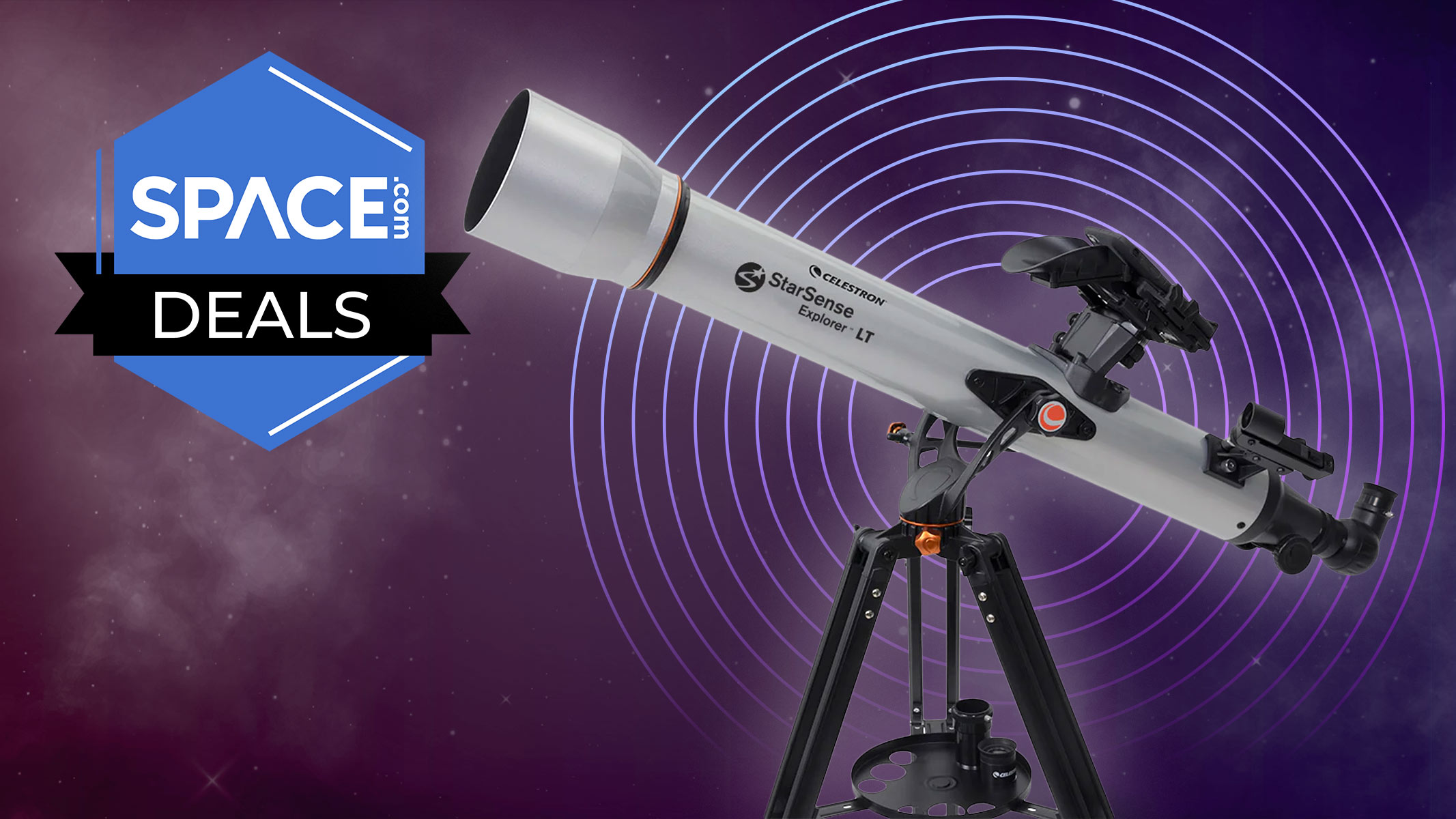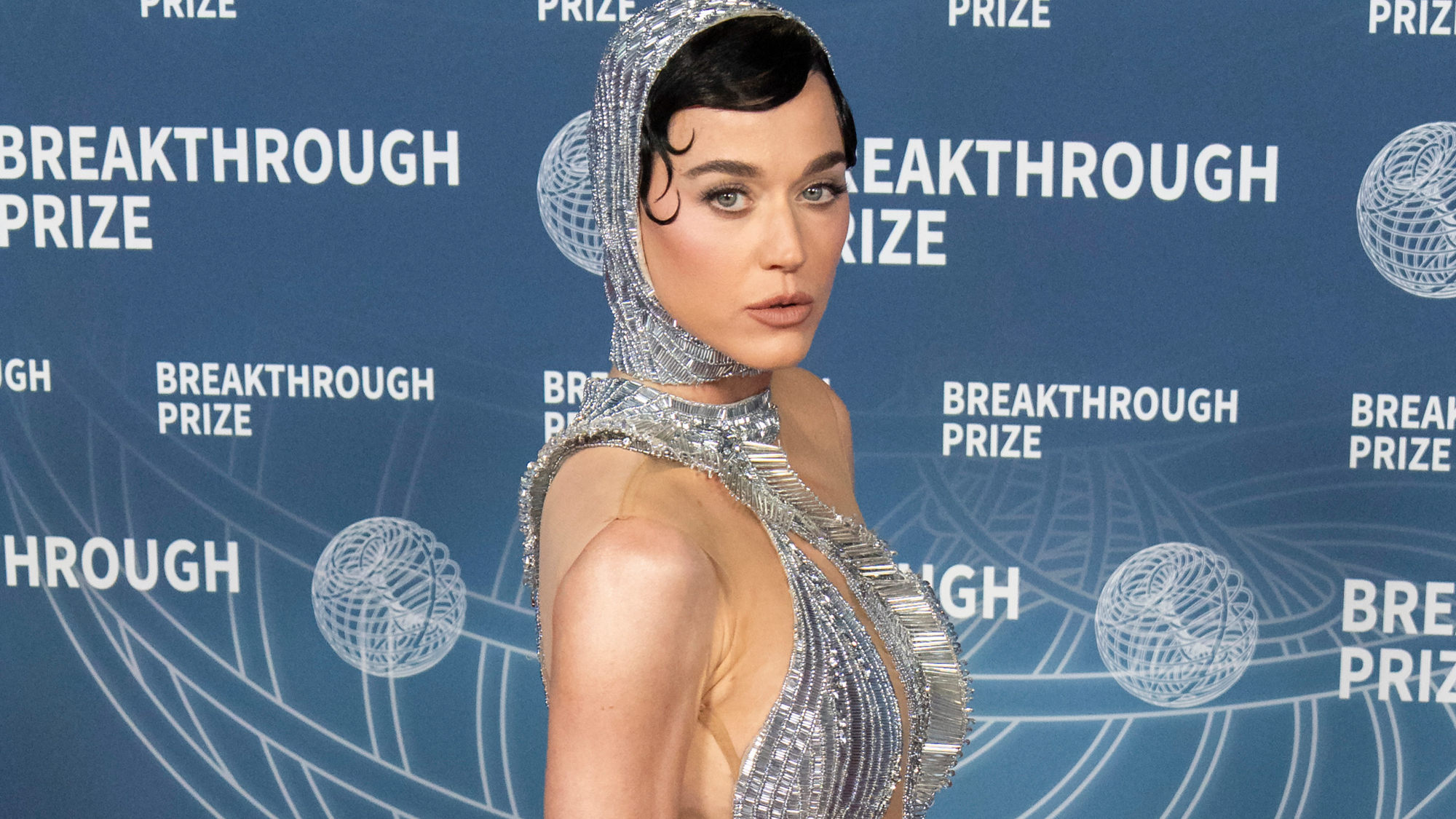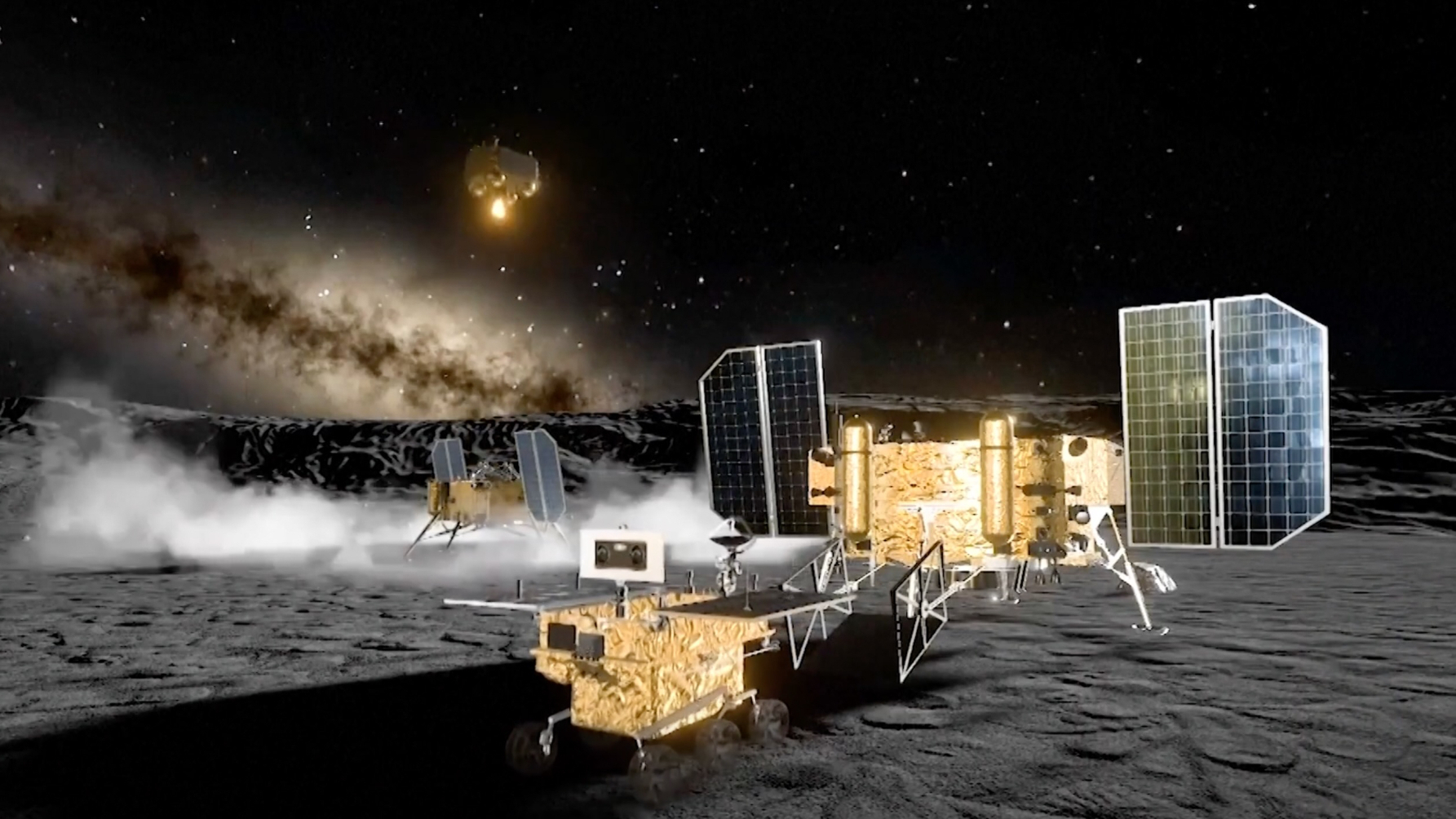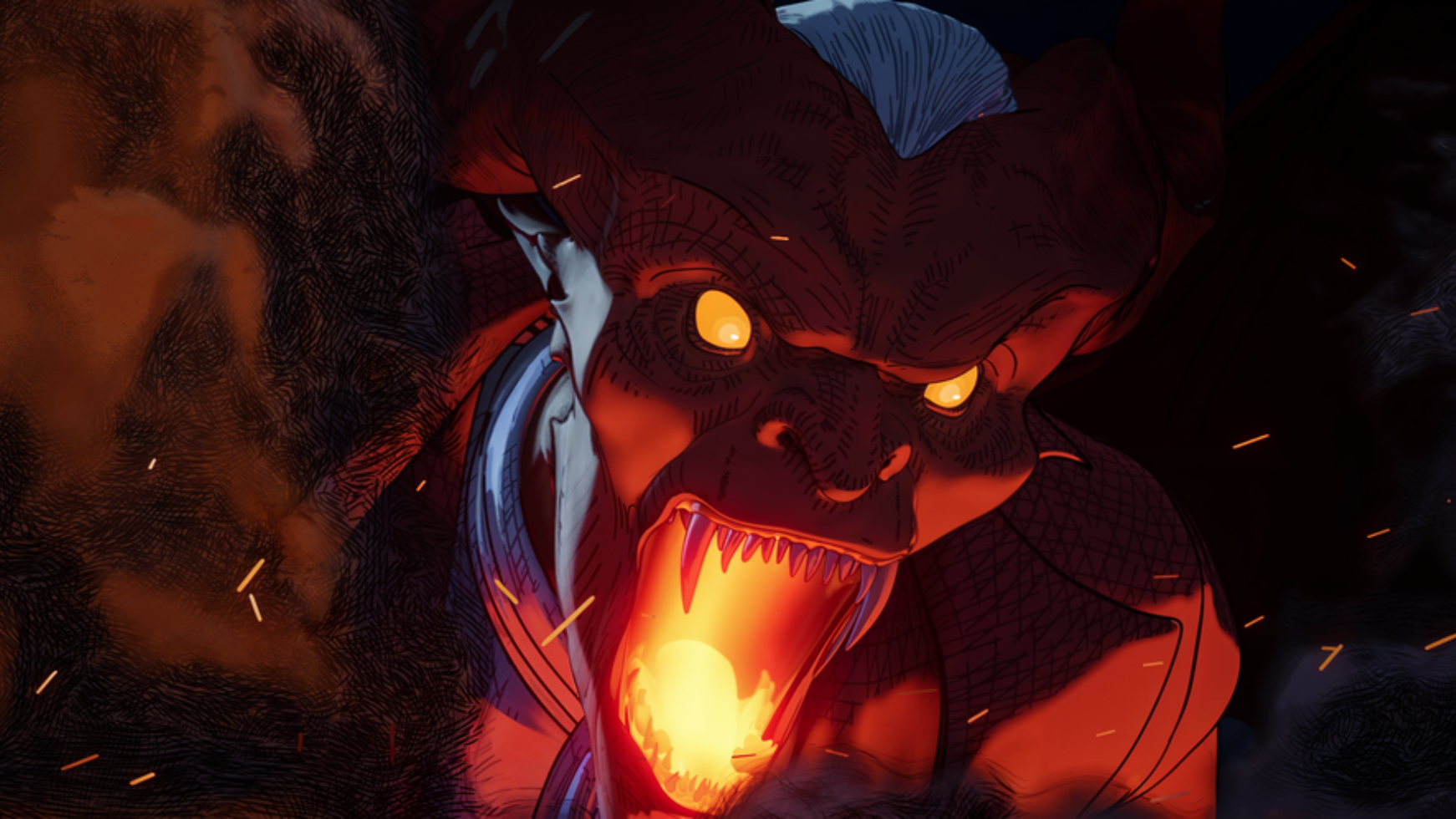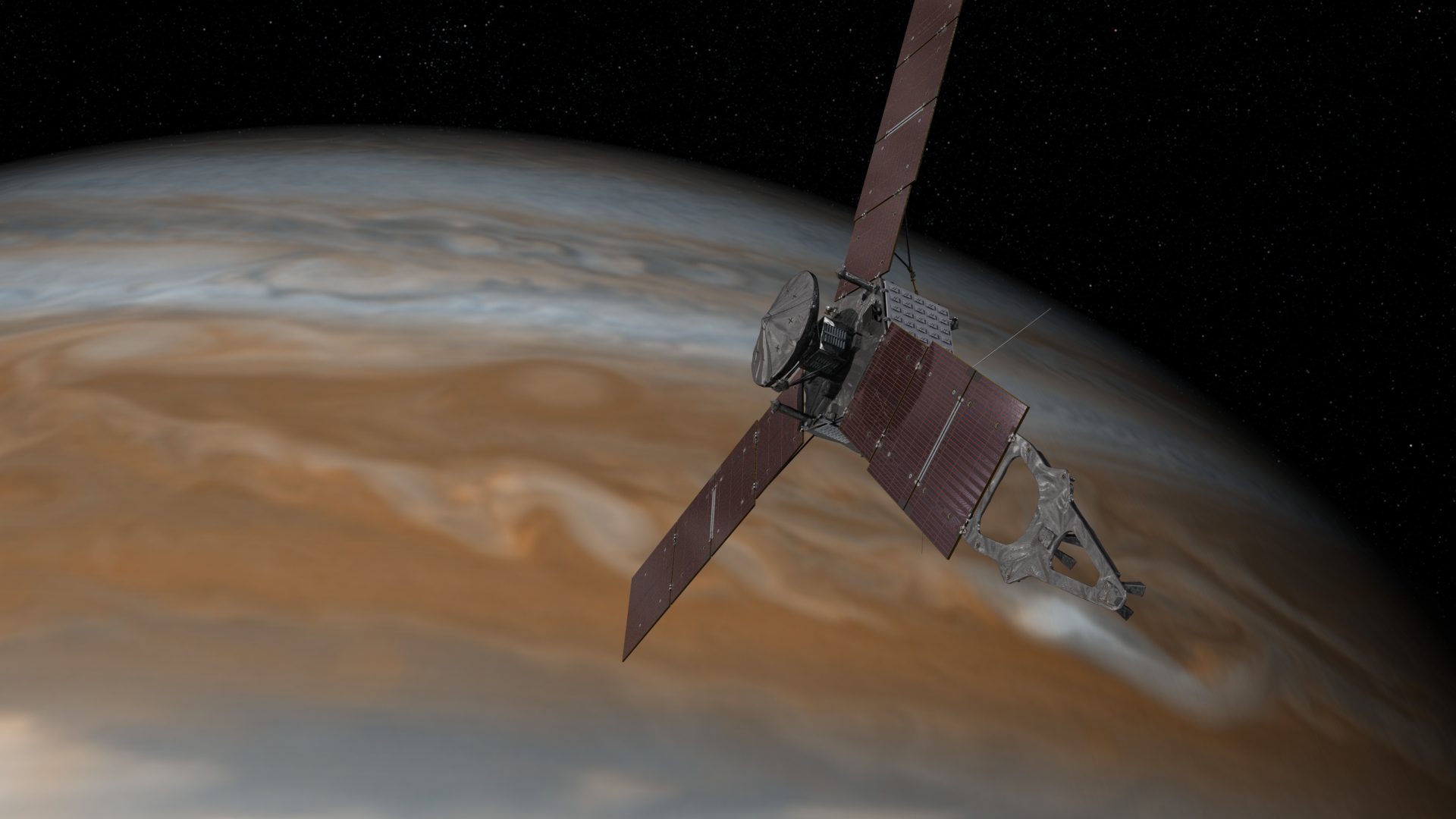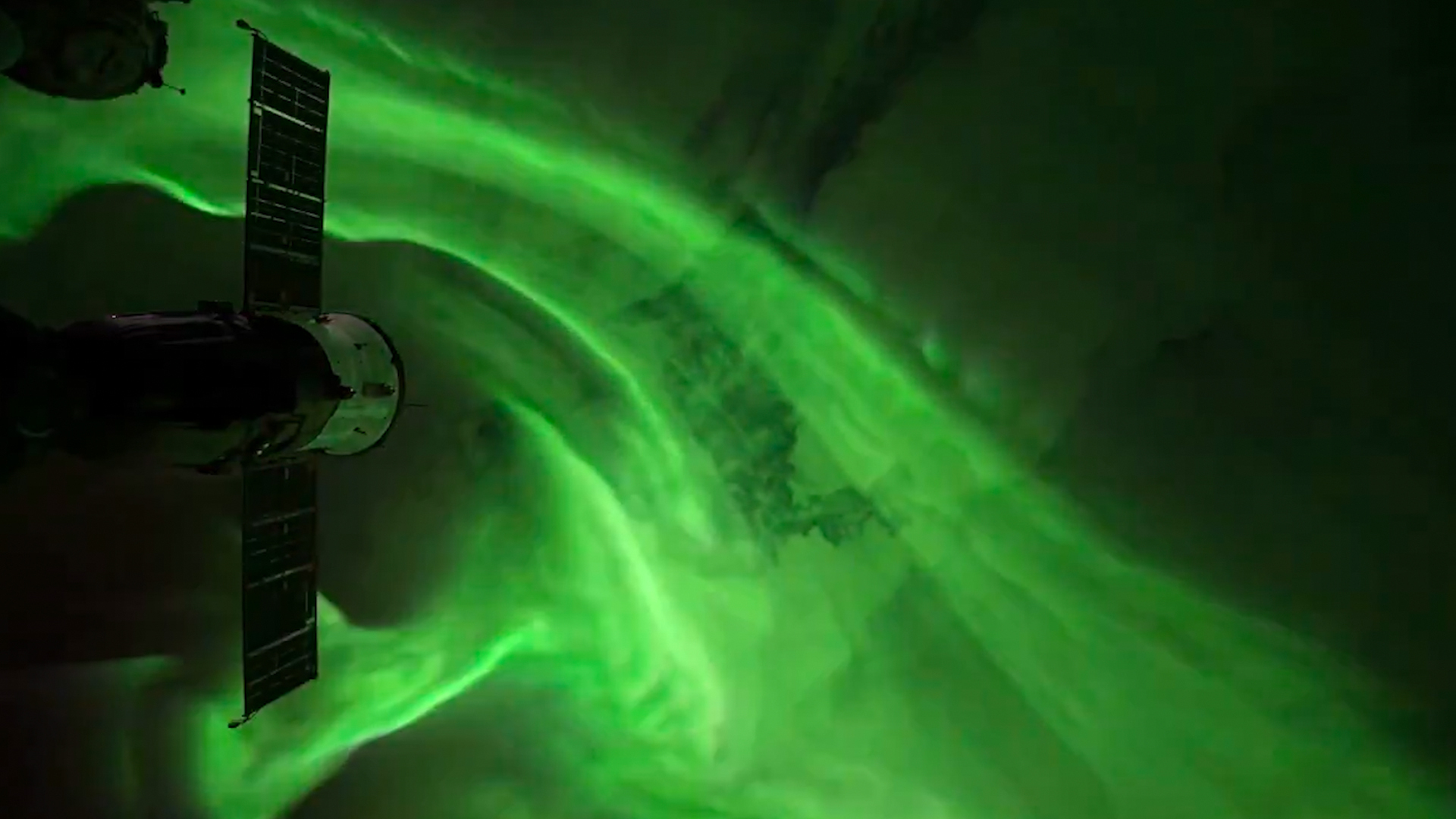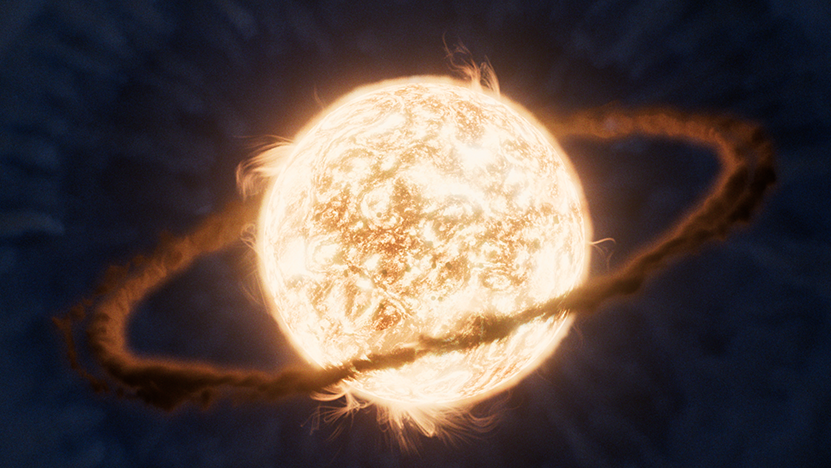We now know the shape of notorious asteroid 2024 YR4 that dominated headlines recently — it's probably 'suburban,' too
"We are a bit surprised about its origin in the central main asteroid belt, which is a location in the asteroid belt that we did not think many Earth-crossing asteroids could originate from."
The asteroid 2024 YR4 — the one that caused a stir earlier this year due to its potential collision course with Earth — has a surprising tale to tell. A new study reports that this space rock likely hails from the central region of the main asteroid belt between Mars and Jupiter — a cosmic "suburb" scientists don't typically associate with asteroids that cross paths with our planet.
Shortly after its discovery late last year, astronomers calculated that 2024 YR4 had a 1.3% chance (1-in-83) of impacting Earth in December of 2032. This alarming probability briefly landed the asteroid atop impact risk lists maintained by NASA and the European Space Agency, triggering planetary defense discussions and prompting intensive follow-up observations to refine the object's trajectory. Many experts emphasized, however, that the risk would likely go down by quite a bit once better observations could be made.
Sure enough, by late February, the threat to Earth had dropped to near zero. By early April, pictures of the asteroid captured by the James Webb Space Telescope confirmed the building-sized rock would safely fly past Earth in 2032. Of note, the asteroid, approximately 60 meters in diameter — roughly the width of a football field — still has a 2% chance of striking the moon.
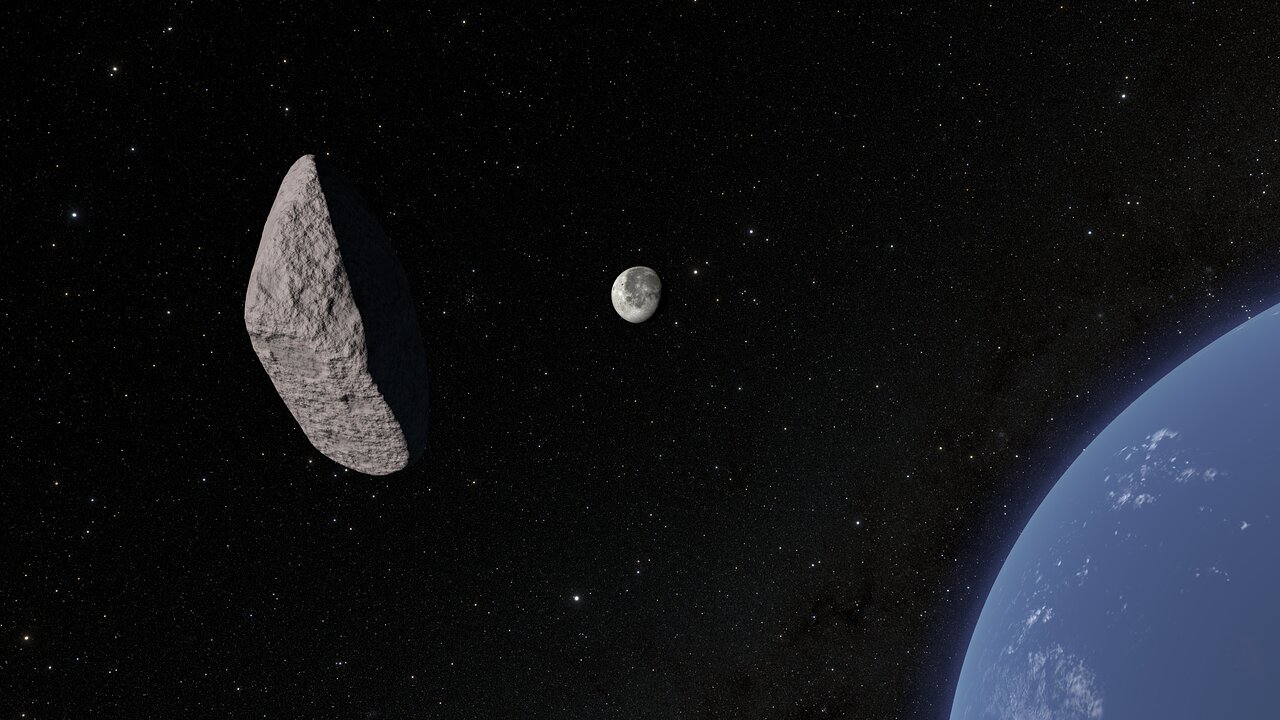
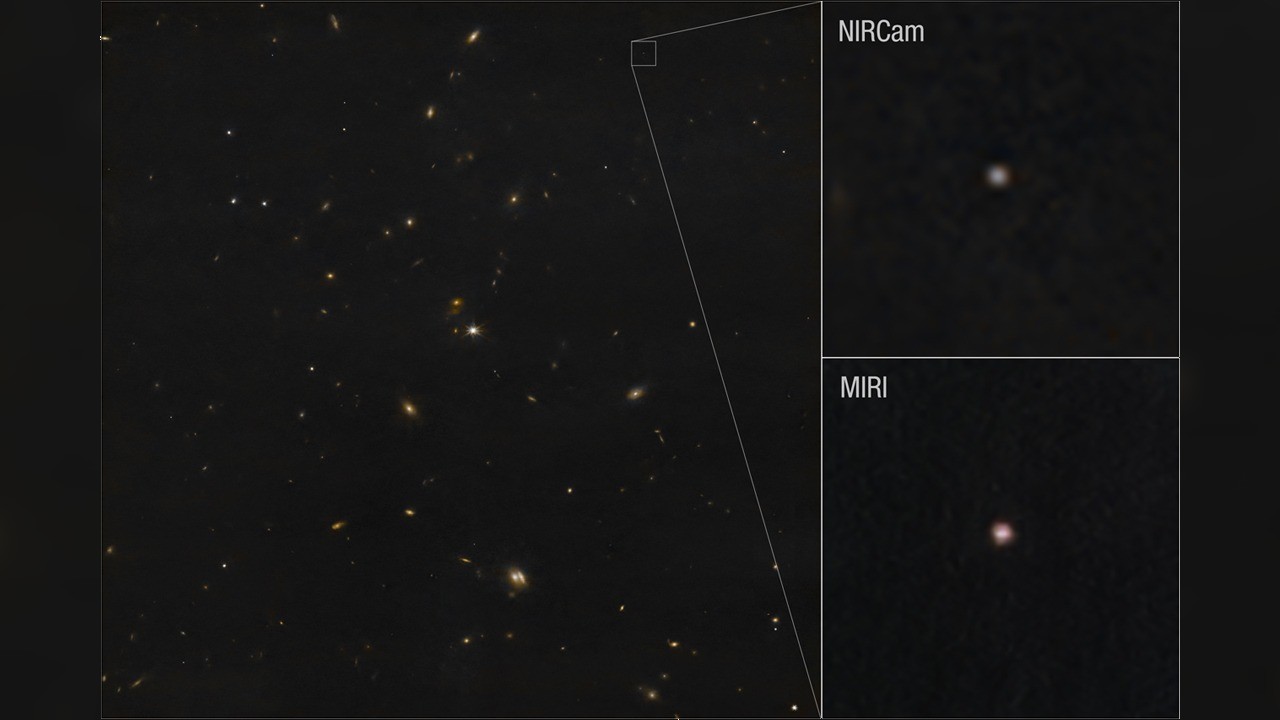
Nevertheless, new observations of 2024 YR4 from both the Gemini South telescope in Chile and the Keck Observatory in Hawaii provide compelling evidence that the space rock indeed journeyed from this unlikely region. The asteroid's retrograde spin — in that it rotates on its axis in the opposite direction to its orbit around the sun — offers a key clue to its origin. According to the new study, the Yarkovsky effect, a subtle force arising from the asteroid's uneven sunlight absorption and re-emission, can cause the space rock to drift inward over long periods, eventually leading to a near-Earth orbit.
"We are a bit surprised about its origin in the central main asteroid belt, which is a location in the asteroid belt that we did not think many Earth-crossing asteroids could originate from," Bolin said in the statement. The team's analysis indicates that gravitational interactions with Jupiter likely played a role in nudging the asteroid into the Earth-crossing orbit.
The new observations also revealed that the asteroid has a remarkably rapid rotation period of just 20 minutes. This, coupled with a detailed analysis of the asteroid's light curve — the subtle variations in its brightness over time — enabled Bolin and his team to accurately determine not only the asteroid's composition and orbital characteristics but also its distinctly flattened, hockey-puck-like shape.
"This find was rather unexpected since most asteroids are thought to be shaped like potatoes or toy tops rather than flat disks," Bolin said in another statement.
Get the Space.com Newsletter
Breaking space news, the latest updates on rocket launches, skywatching events and more!
Asteroids larger than about 328 feet (100 meters) are often "rubble piles" — collections of fragments loosely bound together after a larger parent asteroid broke apart. These rubble piles can have large boulders, sometimes up to 197 feet (60 meters) in size, on their surfaces. Given that 2024 YR4 falls within the boulder size-range, scientists speculate it may have once been a boulder perched on a larger rubble-pile asteroid, according to the new study.
"The data from our study will be used to assess the physical properties and shapes of potentially impacting asteroids, providing a great test case on the kind of rapid response observations that are necessary to characterize a potential threat like this object," Bolin said in the statement.
These findings are described in a preprint paper to be published in the journal The Astrophysical Journal Letters.
Join our Space Forums to keep talking space on the latest missions, night sky and more! And if you have a news tip, correction or comment, let us know at: community@space.com.

Sharmila Kuthunur is a Seattle-based science journalist focusing on astronomy and space exploration. Her work has also appeared in Scientific American, Astronomy and Live Science, among other publications. She has earned a master's degree in journalism from Northeastern University in Boston. Follow her on BlueSky @skuthunur.bsky.social
You must confirm your public display name before commenting
Please logout and then login again, you will then be prompted to enter your display name.
